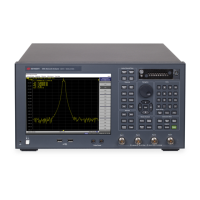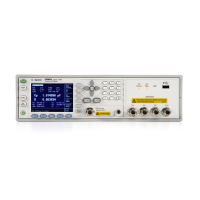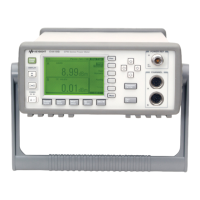Measurement
183
Modifying Calibration Kit Definition
• Definition of Terms
• Defining Parameters for Standards
• Redefining a Calibration Kit
• Setting Options for TRL Calibration
• Defining Calibration Kit Gender
• Saving Definition File of Calibration Kit
• Loading Definition File of Calibration Kit
• Restoring Definition File of Calibration Kit
Other topics about Advanced Calibration
In most measurements, the user can use pre-defined calibration kits as
they are. However, it may be necessary to change the definition of a
calibration kit (or create a new one) when changing the pre-defined
connector between male and female (e.g. from OPEN (f) to OPEN (m)) or
when a special standard is used or a high degree of accuracy is demanded.
When it is necessary to change the definition of a calibration kit that
contains a calibration device but no calibration kit model, the user must
fully understand error correction and the system error model.
A user-defined calibration kit may be used in the following circumstances.
• When the user wants to use connectors other than those pre-defined
in the calibration kits for the E5071C (e.g., a SMA connector).
• When the user wants to use different standards in place of one or
more standards pre-defined in the E5071C. For example, when three
offset SHORT standards are used instead of OPEN, SHORT, and LOAD
standards.
• When the user wants to modify the standard model of a pre-defined
calibration kit and turn it into a more accurate model. It is possible to
perform better calibration if the performance of the actual standard
is better reflected in the standard model. For example, you may need
to define the 7-mm LOAD standard as 50.4 ohm instead of 50.0
ohm.
Definition of Terms
The terms used in this section are defined as follows:
Standard
An accurate physical device, for which the model is clearly defined, used to
determine system errors. With the E5071C, the user may define up to 21
standards per calibration kit. Each standard is numbered from 1 through

